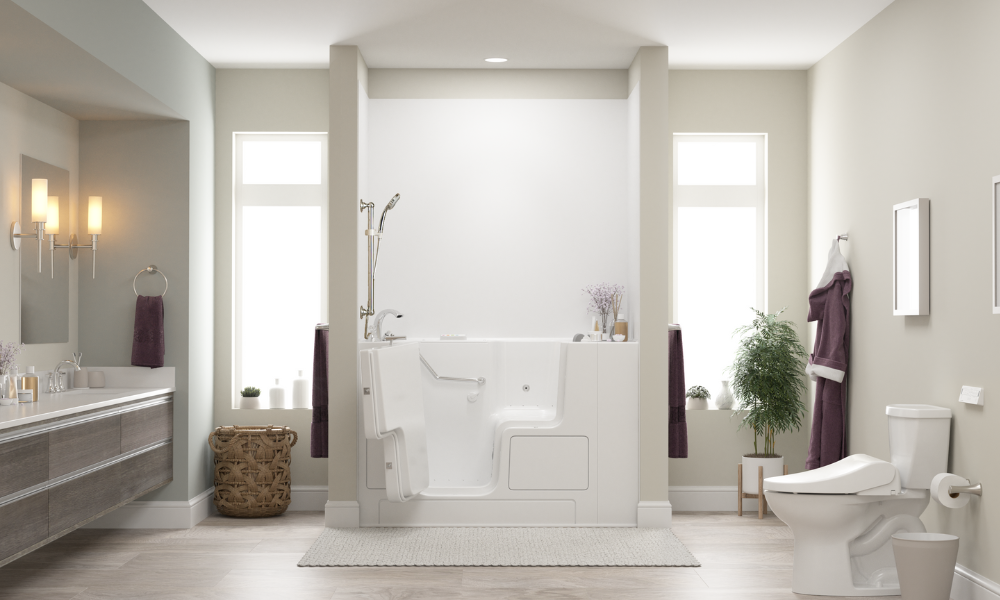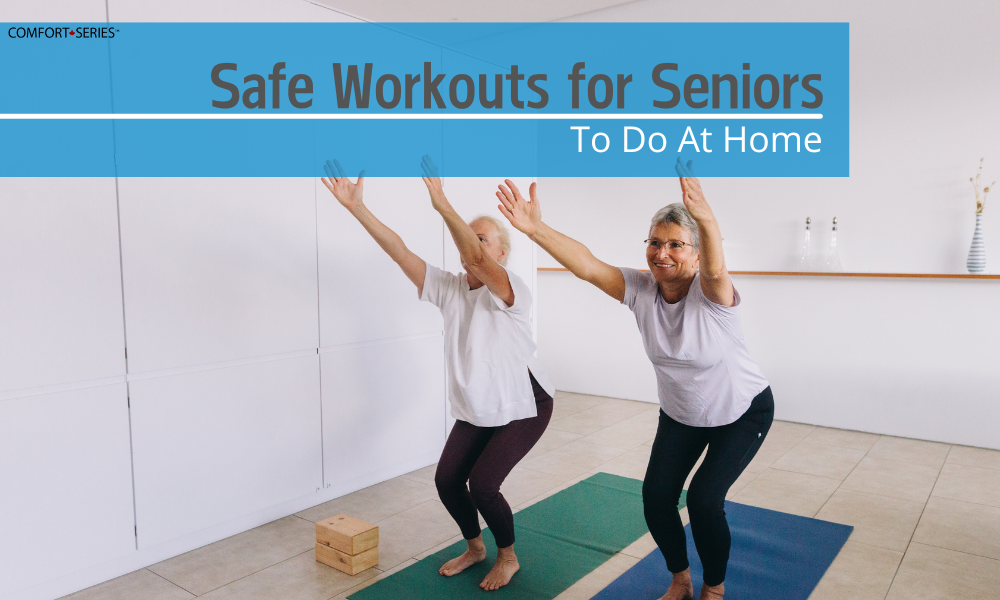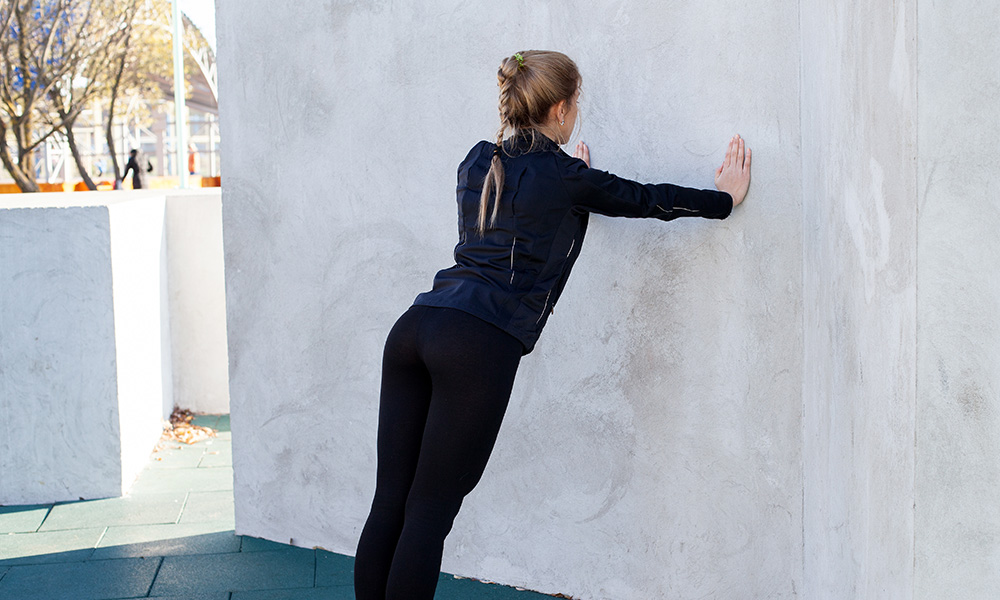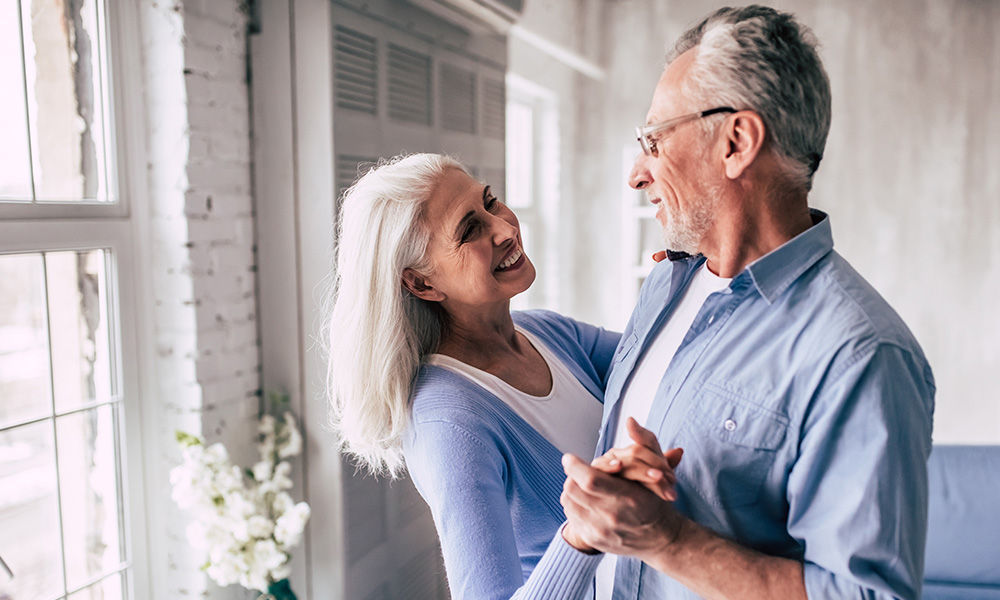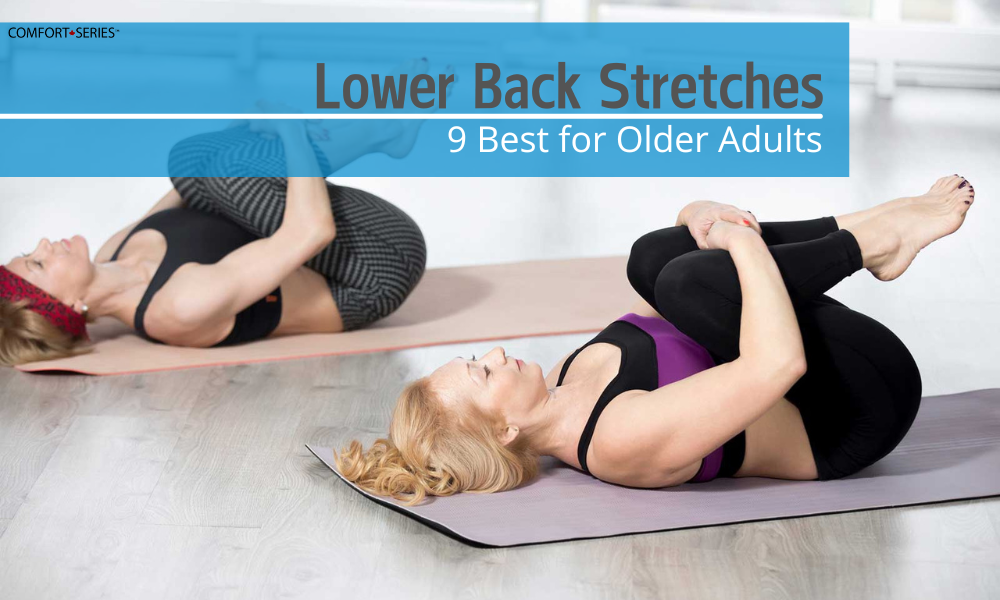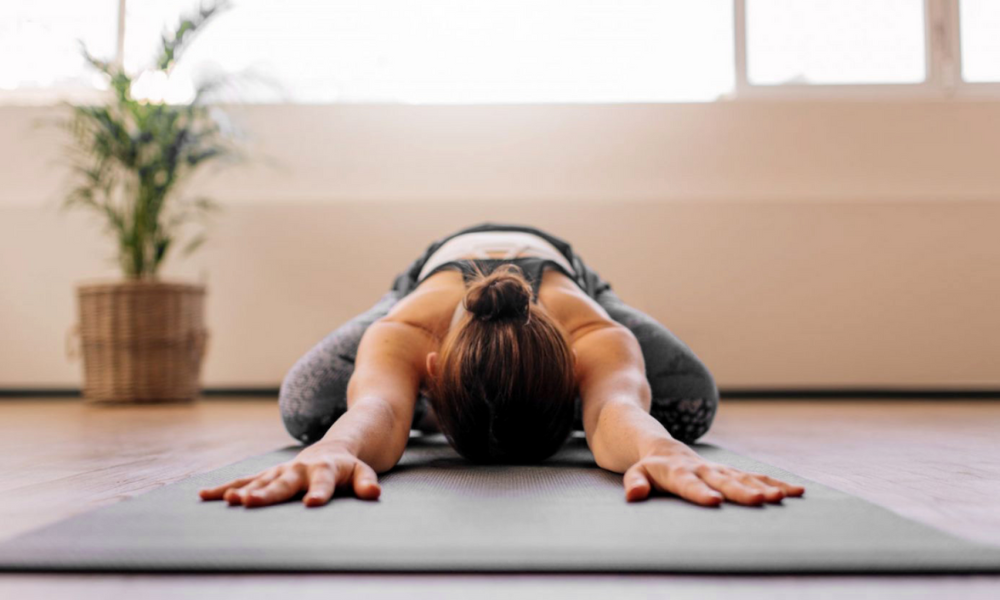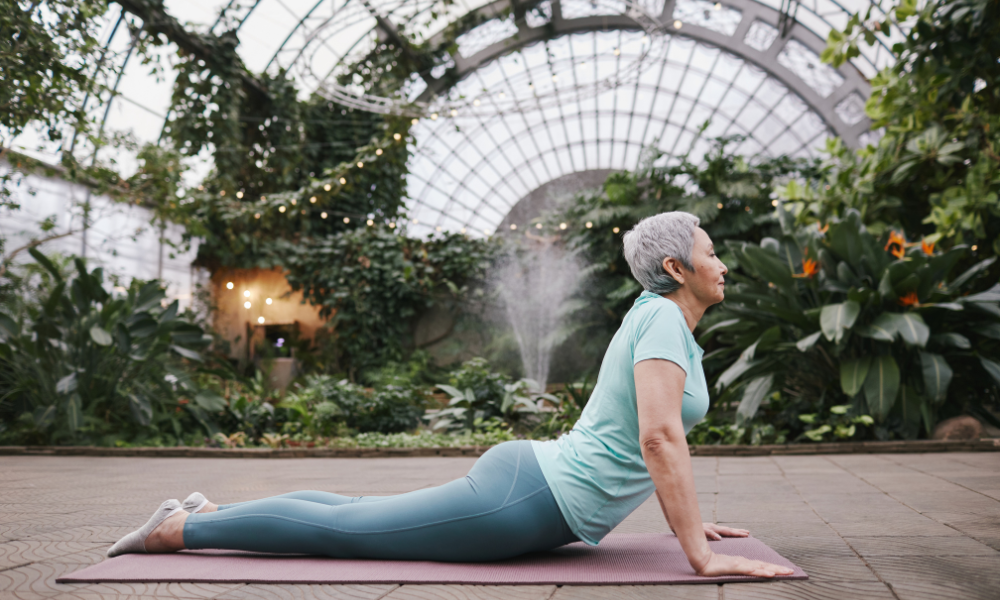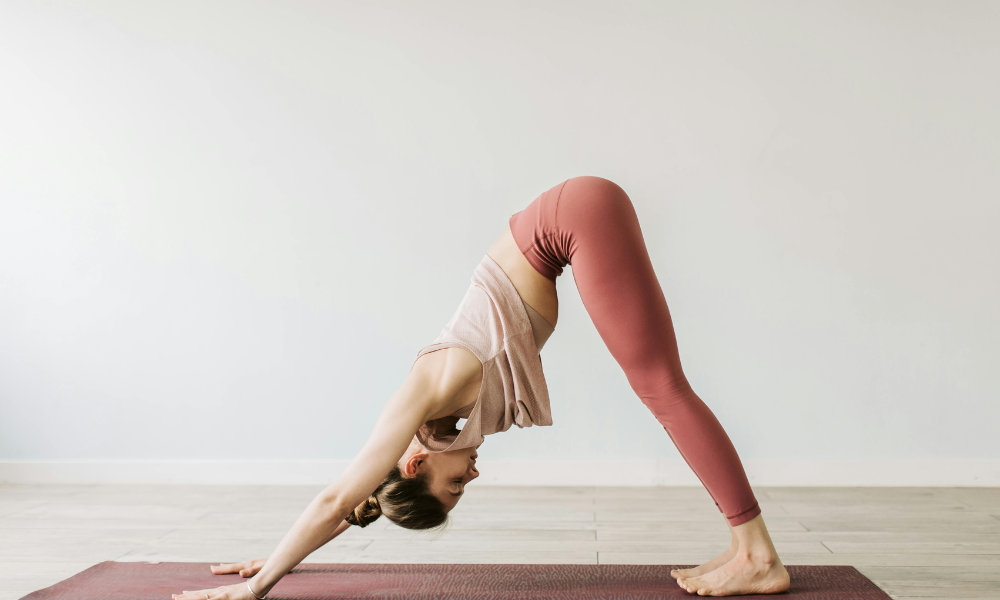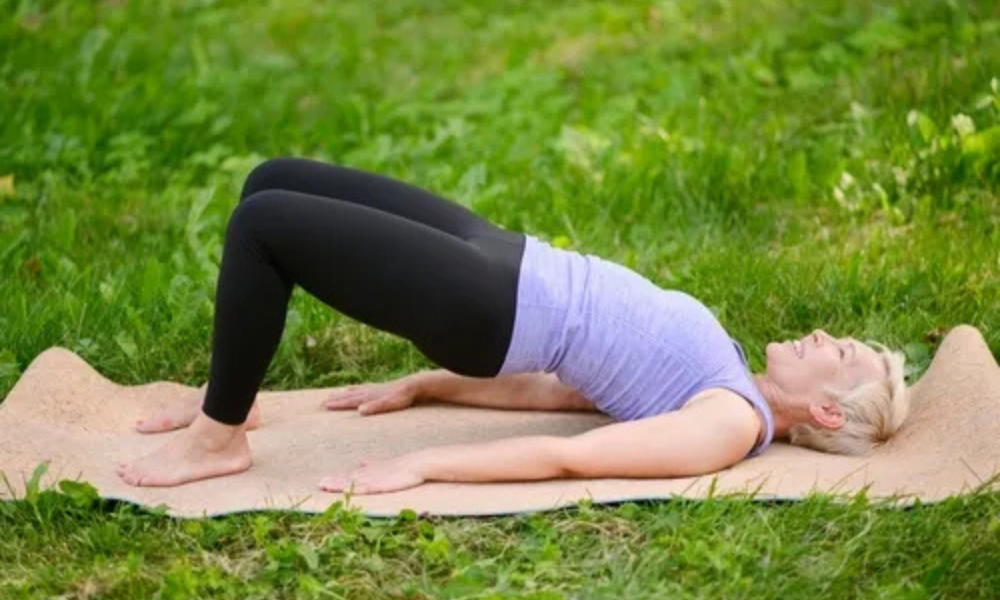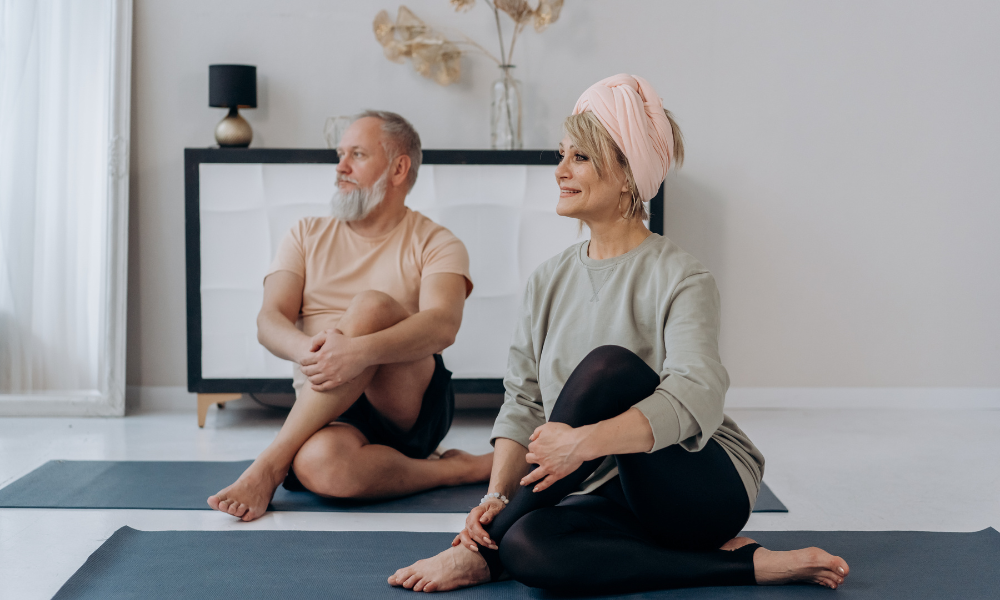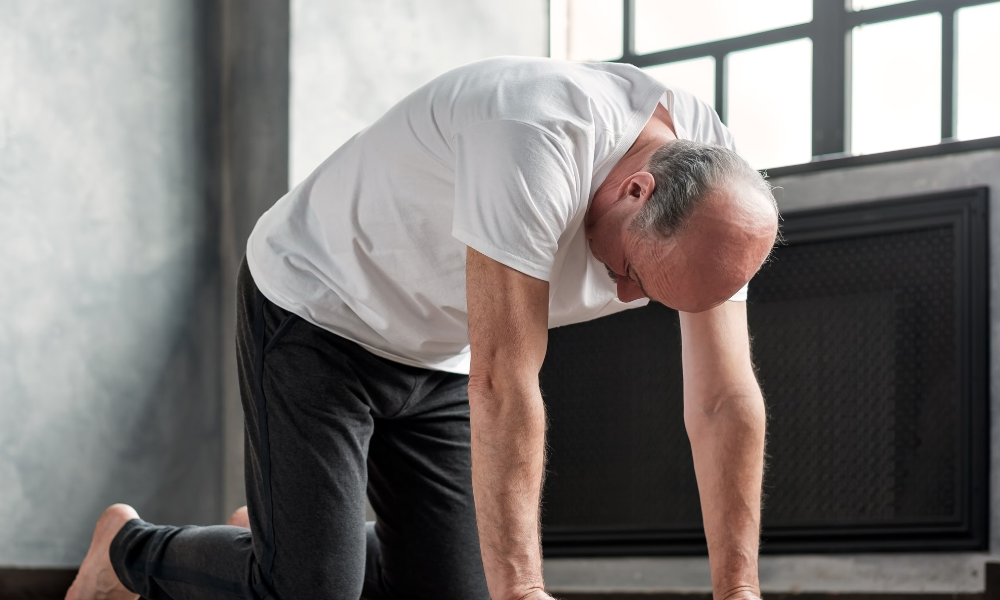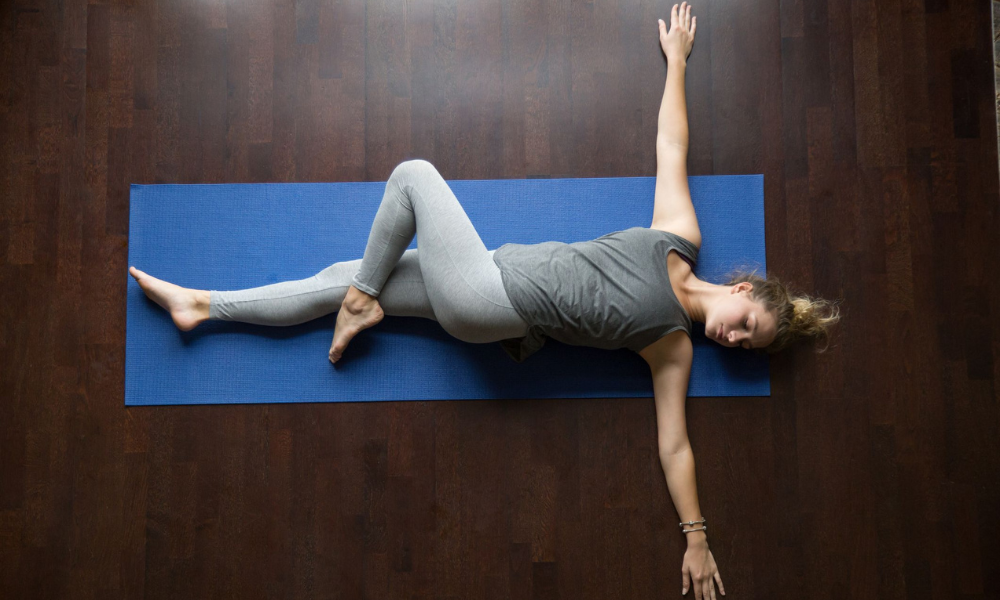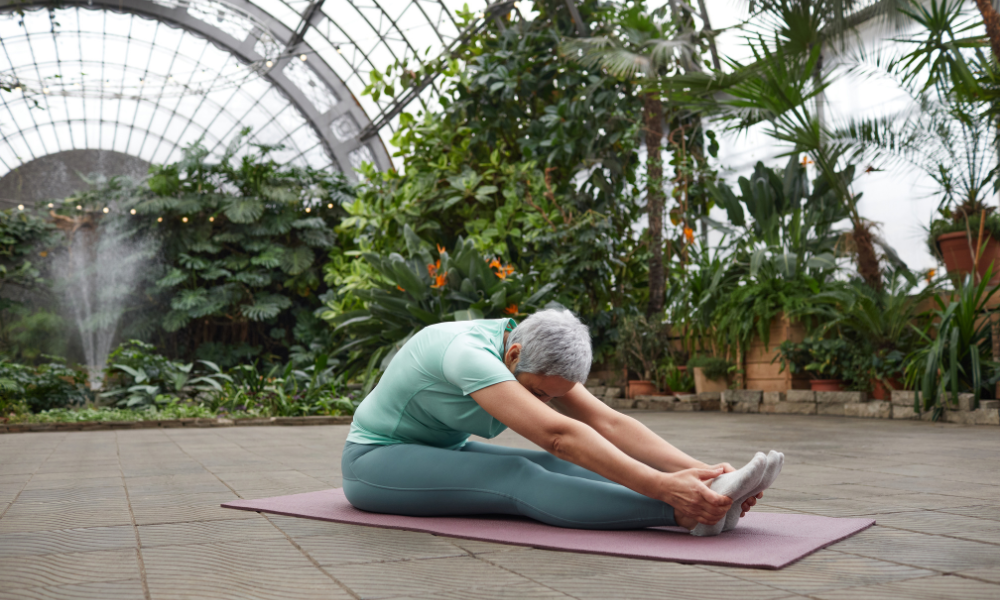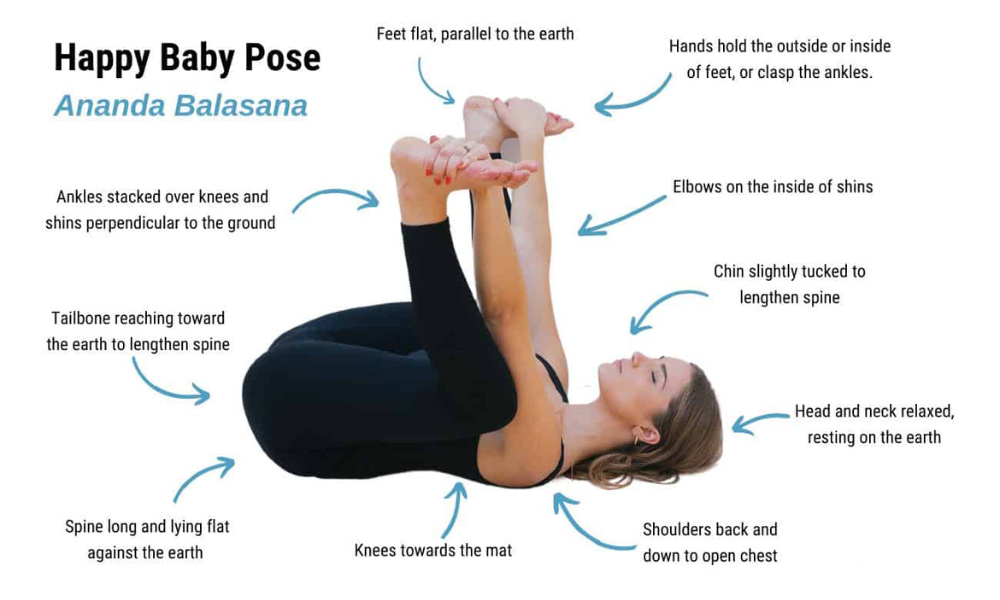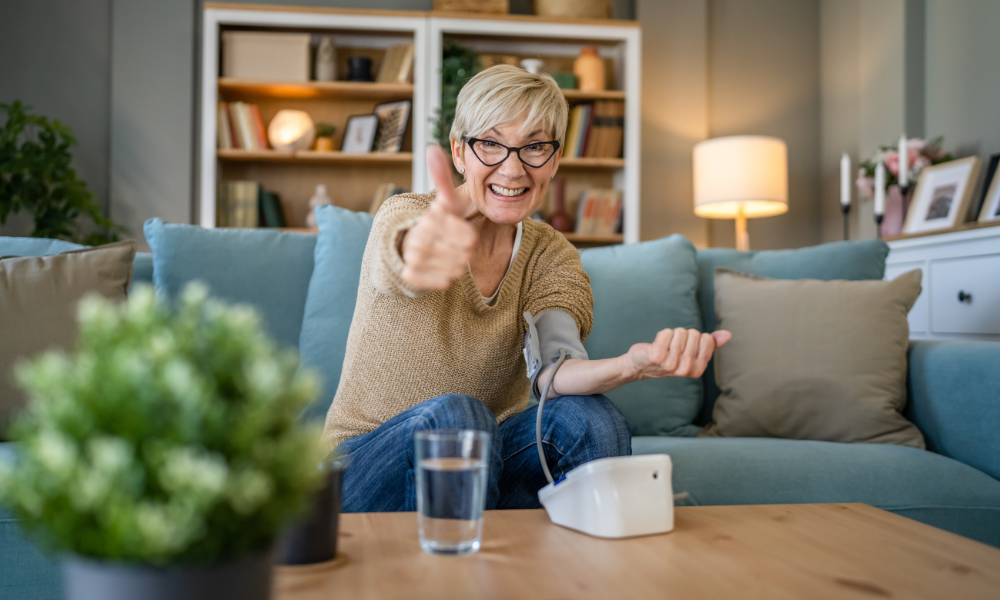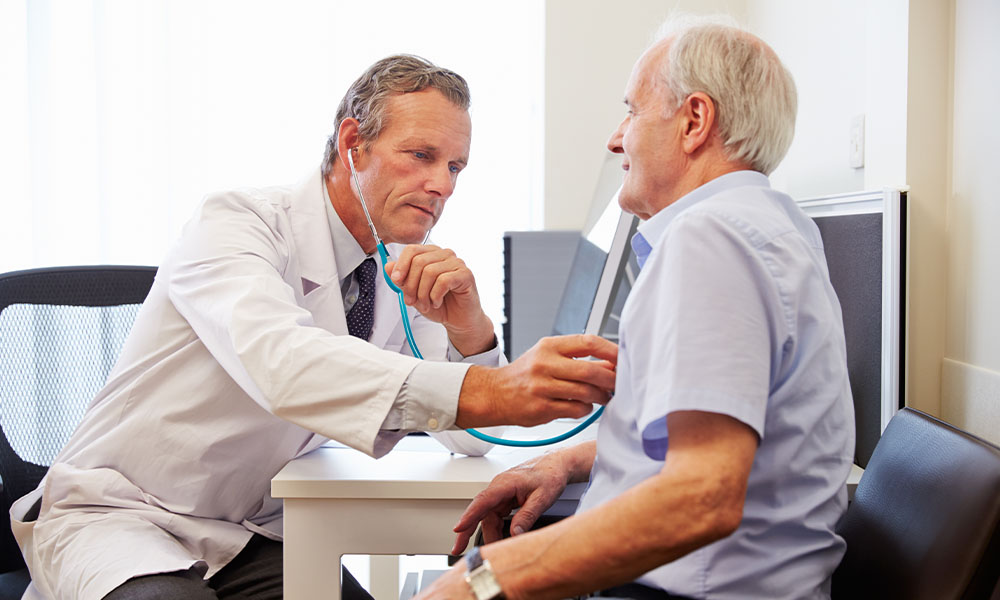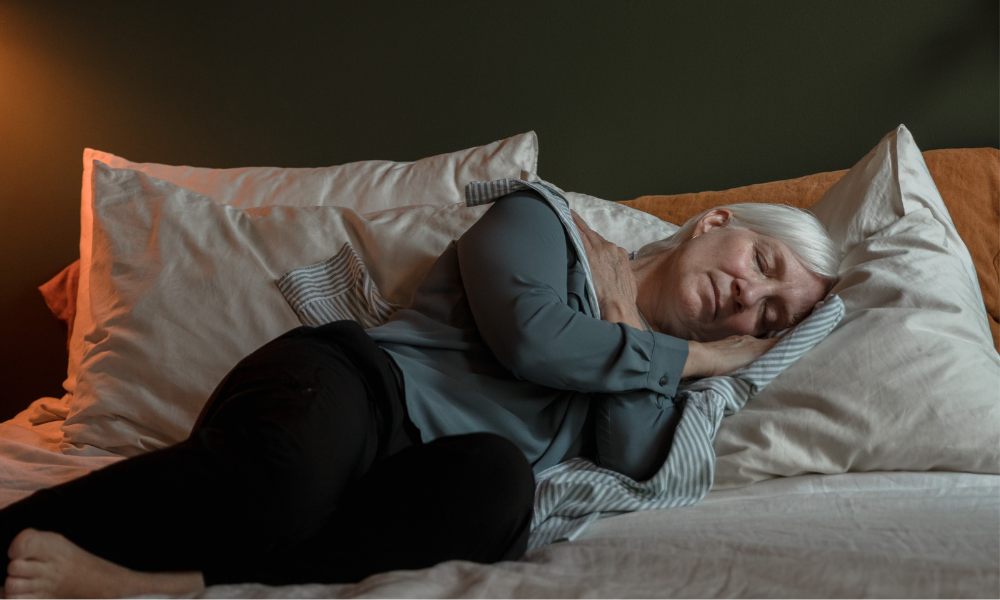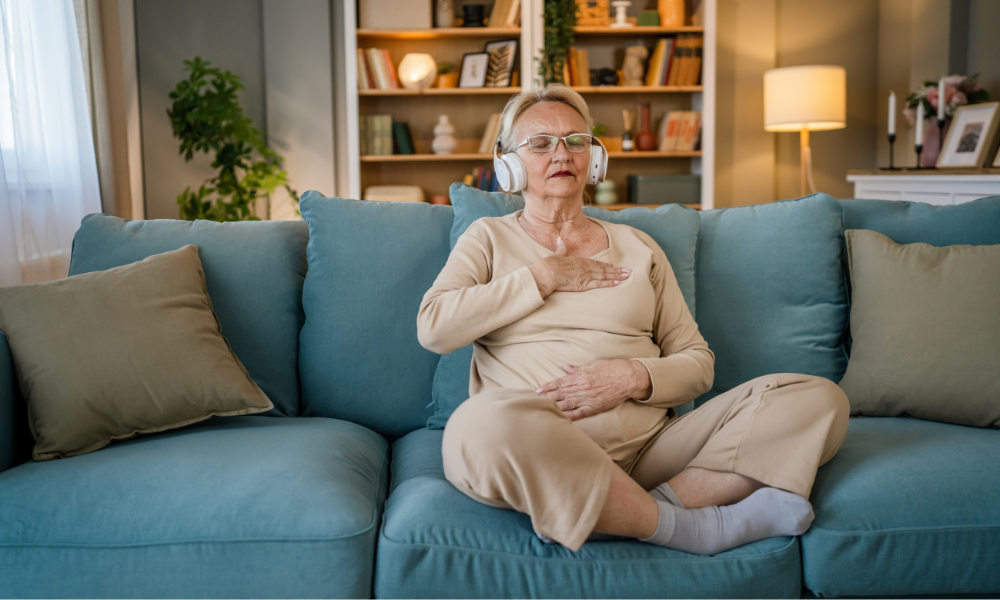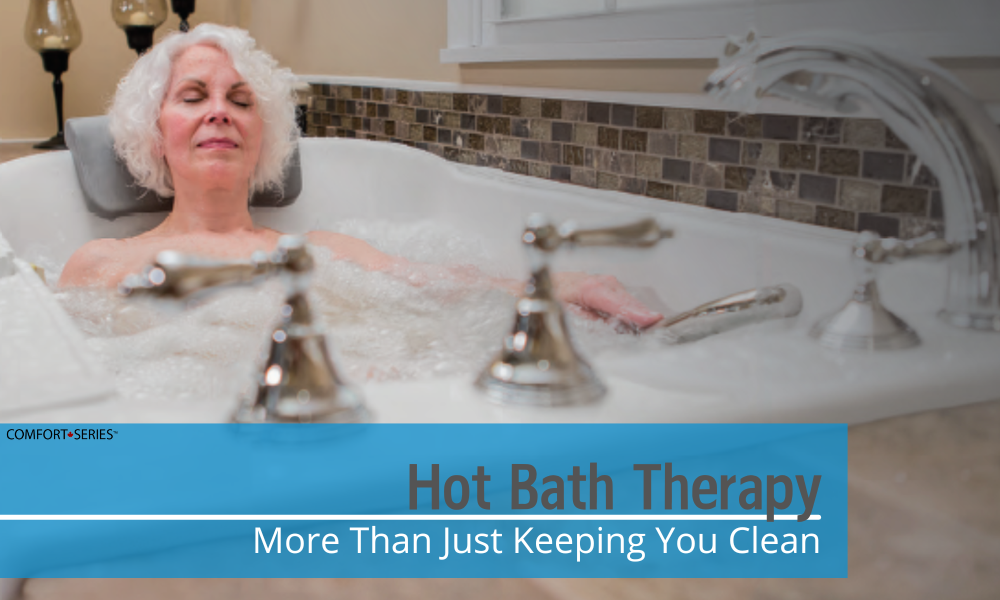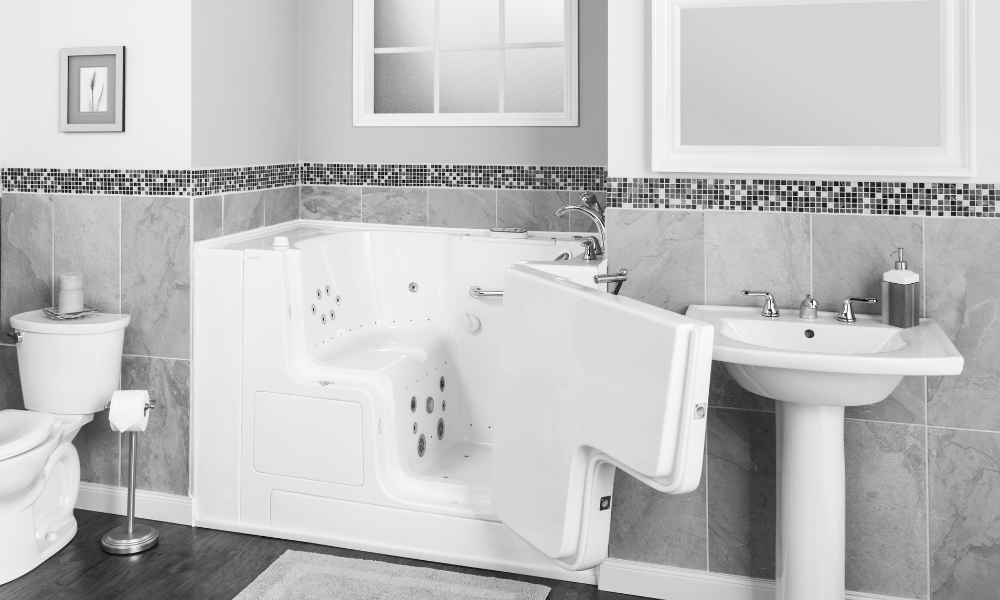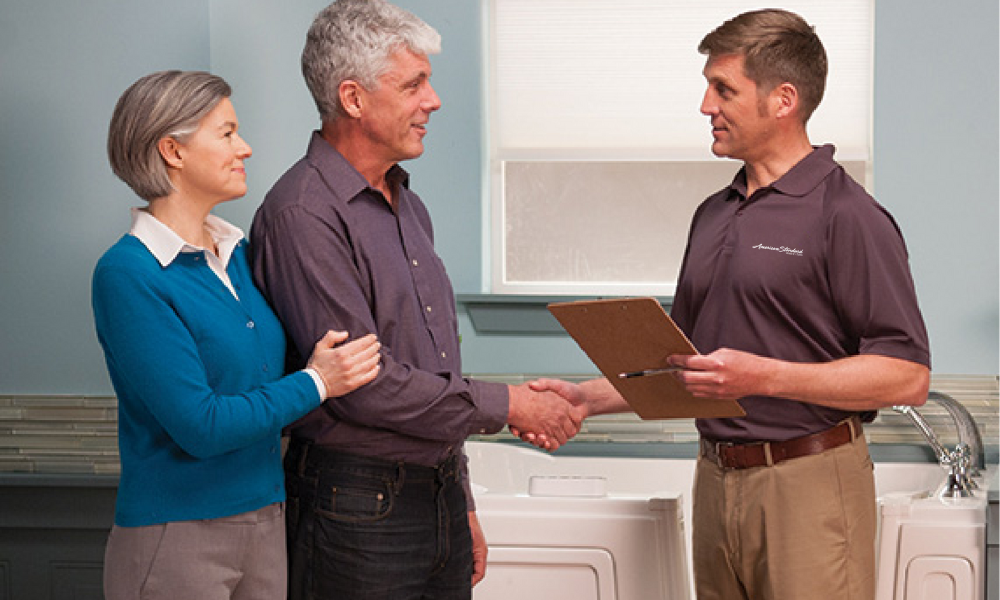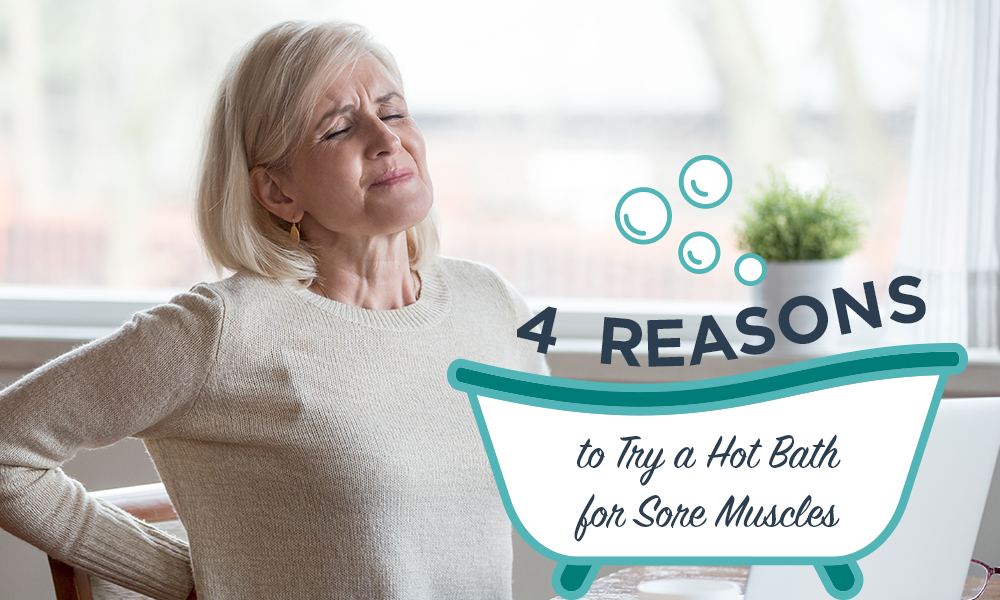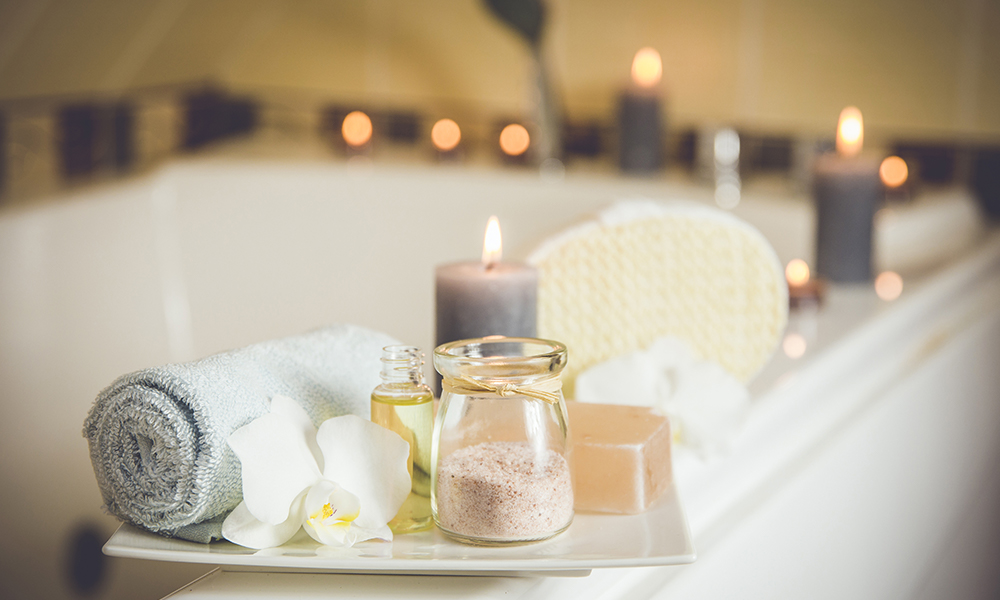A strategy of reducing the incidence of falls, and enabling individuals to remain independent in their home or place of residence; American Standard Walk-in Tubs Canada works with families, caregivers and health professionals in providing suitable, safe, and accessible bathing solutions.
HomeCare Bathing Solutions
There is a shift in healthcare towards home care, and we know that this means that there is a greater reliance on an individual’s home, their environment, and their care team. Helping our clients to prepare now, helps them regain their independence with greater confidence and control over their quality of life and dignity, and will prevent terrible falls.
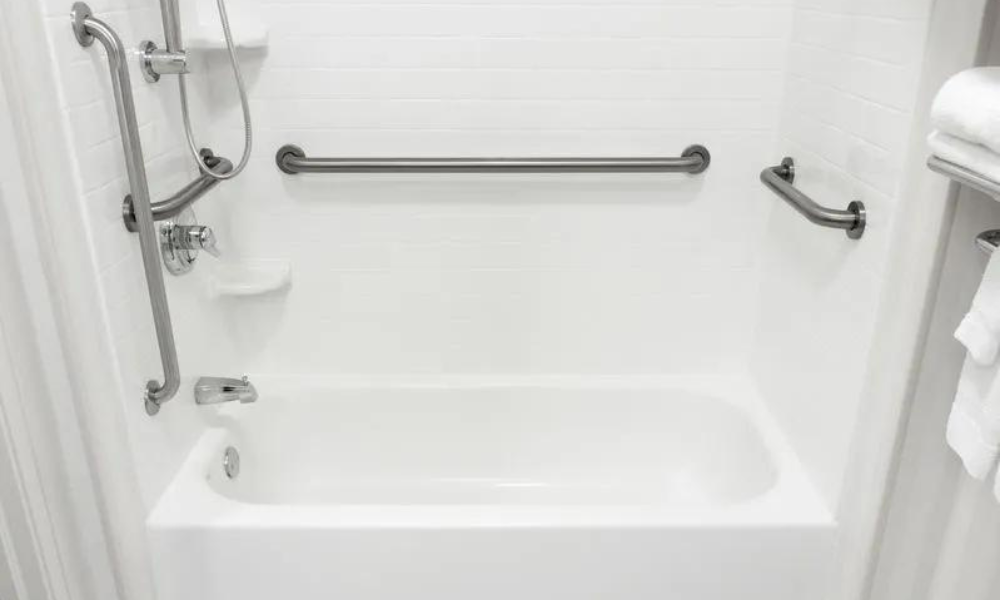
Grab bars will always be the first thing identified as being needed in the bathroom of persons struggling with balance or weakness.
But what happens when you can no longer bend, lift your legs over a bathtub or shower threshold, or are not able to get up out of the bathtub?
When accidents and injuries do occur, often, patients cannot be discharged from medical facilities until there are accessible housing and bathing options available to them for their recovery.
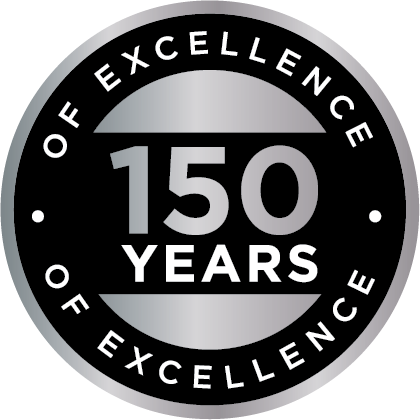
American Standard has set the standard for healthy living and accessible style & design for 150 years; and we are committed in ensuring that our Canadian citizens have the safest bathing solutions possible, helping to retain independent living with ComfortSeries™ bathtubs.

Outward opening walk-in bathtubs are the best solution because they are fully accessible by slide-in transfer seat, without barriers as inward-opening door tubs pose.
ComfortSeries™ outward-opening accessible bathtubs will also accommodate portable (ie. Hoyer) user lifts, reducing physical strain on caregivers.
In comparison to seated or walk-in showers, an outward door will always be the safest option in preventing falls while bathing and showering.
The hydrotherapy aspect of these bathtubs becomes an important element to health & wellness, by promoting healing through circulation of blood flow and tissue oxygenation. American Standard’s RevitaJet® Hydrotherapy System is designed to assist in relieving arthritic conditions, stress & anxiety, to treating insomnia. Water therapy helps to deactivate inflammation, relieving joint, muscle, and sciatica pain and assisting through accident and stroke recovery.
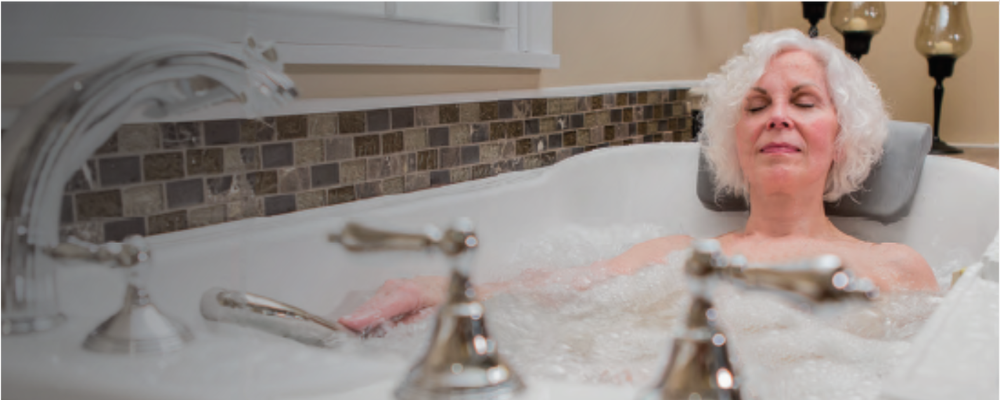
True hydrotherapy like the RevitaJet® Hydrotherapy System includes BOTH water and air jets to target and massage problem areas.
To ensure quick access to the bather if a medical emergency should occur, ComfortSeries™ bathtubs are equipped with QuickDrain®, American Standard’s patented fast water removal system, which rapidly drains the water in under 2 minutes.

Dignified Bathing
ComfortSeries™ accessible and walk-in bathtubs are fitted with an InLine Heater to ensure consistent and comfortable water temperatures. Many view bathing/showering as a daily task, however many older adults go without bathing at all because they are not able; a lack of accessibility, not able to step over a bathtub or raised shower threshold, or where a shower seat is located too far from the faucet. This can cause a fear of falling due to overreaching.
An American Standard ComfortSeries™ accessible bathtub offers dignified bathing to all users, and it’s preferred by caregivers.
Healthier Caregivers
It is reported that the instance of back-related injury claims sustained by Personal Support Workers in community & assisted living facilities have decreased since installing ComfortSeries™ bathtubs. The transfer seat height and overall operational features of the bathtub provides relief and assistance to the caregiver as well as the bather.

The outward-opening tub becomes a necessity as age and mobility needs become challenges. Let American Standard Walk-in Tubs Canada provide the assistance to you and your clients, where other companies and products cannot.
By using the best quality American Standard products on the market, and offering personalized service with our Mobile Showroom, Certified Aging in Place Specialists, and professional installations, we are able to accommodate our clients’ needs, and the ability to provide professional services on behalf of our Healthcare Partners.
See the difference for yourself. Request to view the Mobile Showroom privately at your home or call 1-844-867-7737.
ComfortSeries™ is a preferred product in Residential, Community & Retirement Living Projects across Canada.

